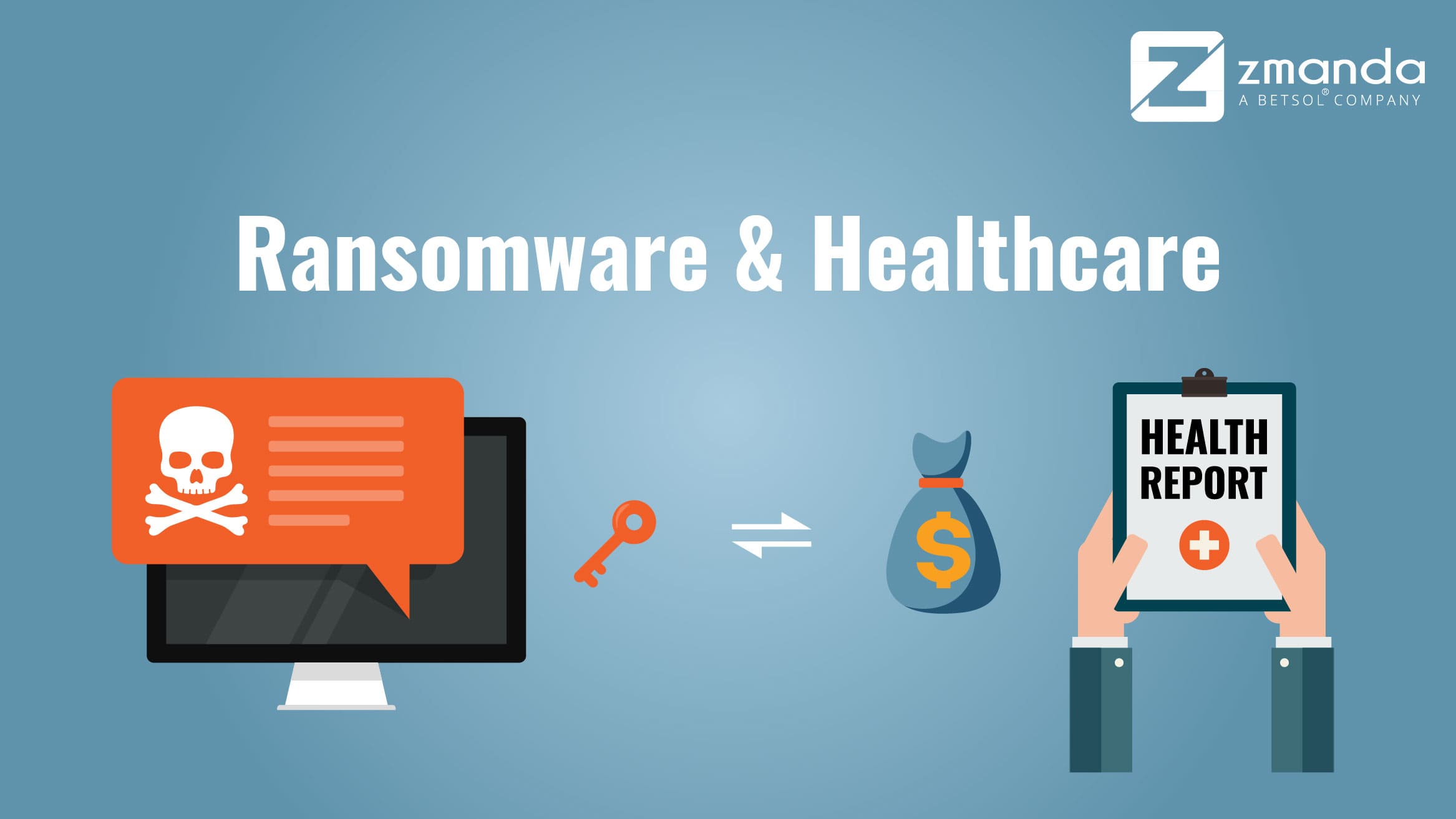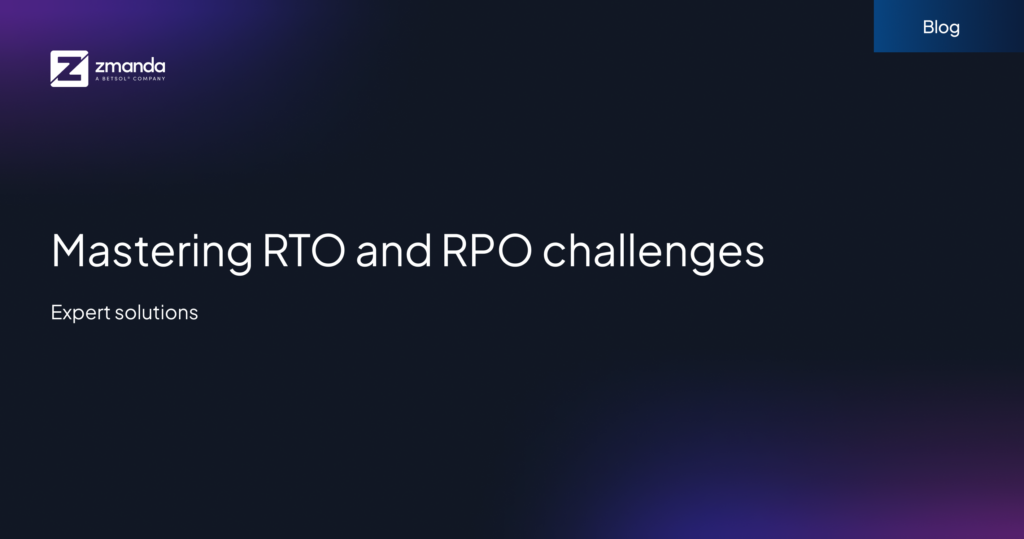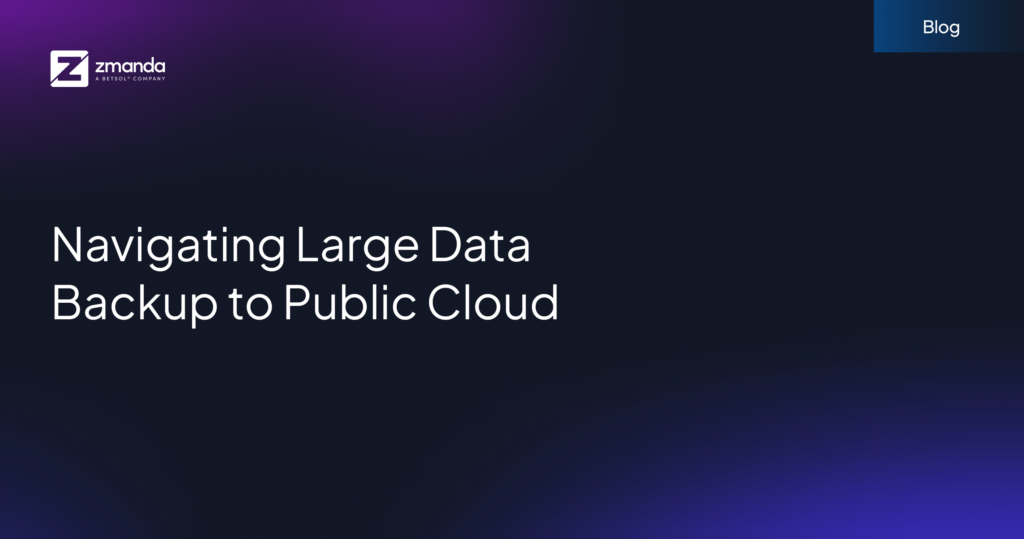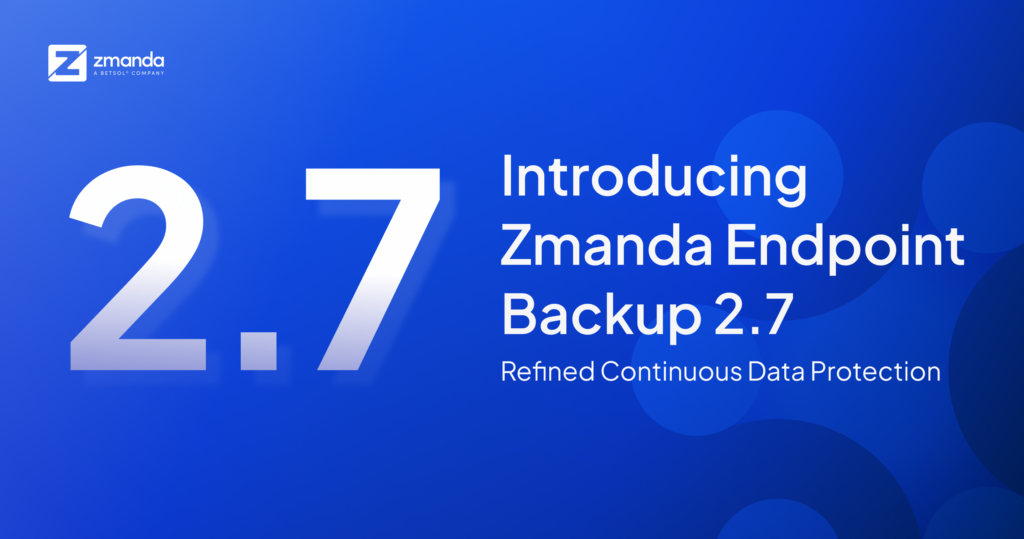
In the IT industry, ransomware and healthcare are two words often seen side by side. The reason? Healthcare companies are the main target for severe ransomware attacks.
Do you remember the year 2017— when we endured not one, but two tremendous ransomware attacks, Wannacry and Petya? Both attacks had organizations around the world on edge about the security of their data. Wannacry affected 150 countries, and Petya affected 65 countries.
It is petrifying to imagine the adverse consequences to the healthcare industry, should it be a victim of such a serious hacking attack. Meanwhile, the healthcare industry remains the prime targets for such attacks and the way hackers are going about the ransomware attacks is rapidly evolving.
According to Verizon’s 2018 Data Breach Investigations Report (DBIR), ransomware is the most common type of malware. The DBIR revealed that ransomware accounts for 85 percent of all malware targeting the healthcare industry.
So, how should healthcare industries build their security systems to protect themselves against ransomware malware?
Healthcare Organizations Get Ready to Hamper the Hacker’s Old Approach!
Earlier hackers relied on automated ransomware to make money, by setting a modest ransom fee, making payment the easiest way to return to normality. However, after witnessing the two big profile automated ransomware attacks like WannaCry and NotPetya, many organizations have implemented measures to avoid such attacks.
Today, most of the ransomware attacks seem to be highly resourceful. The hackers often focus on a particular group of industries and carry out large-scale attack campaigns for network access. After this, the implant ransomware to hinder recovery by deactivating security solutions and destroying backups.
Ransomware in the Healthcare Industry
Since the time healthcare industries have been using computers, they are the prime target for ransomware attacks. “AIDS virus” was the first ransomware attack back in 1989 against doctors and people in the healthcare industry.
So what changed?
The computers are more predominant when compared to old ones. The computers have more critical data, and with the rise of cryptocurrency, the payout is a lot easier for hackers.
In hospitals, most medical equipment is run on native or embedded computers, and medical data is stored digitally. Implementing connected devices and creating BYOD strategies or allowing mobile devices for regular use attracts more unauthorized users.
Thus, healthcare sectors must focus on security and focus on the threat that aims at accessing or disrupting data.
Unfortunately, most in the healthcare industry still do not have the budget or interest in doing anything beyond compliance. This can then open them up for catastrophic consequences when an attack occurs. This results in permanent data damage, reputational damage for the individual, or even loss of life.
In fact, it can even lead to the complete shutdown of the organization, like what happened to a California clinic after a ransomware attack destroyed years of patient records.
Attackers Adopted a New Approach
Why is the healthcare industry prone to cyber-attacks? Simply put, it is because of the rise in the interconnected world of computers, medical data being digital, and the rise of cryptocurrency.
Cybercriminals do many investments when performing large-scale attacks. Earlier, their approach was very opportunistic. The criminals would aim anyone vulnerable to their ways of getting the ransomware introduced to any computer system that was able to run it.
Today, criminals have become a lot smarter at trying to maximize their profits and get as much return as possible from their investments. That means attacking computer systems where the payout is guaranteed because of the sensitive nature or required availability of certain data.
Being a medical institution, data is vital for them. Also, they are not able to use high budgets to focus on cybersecurity. Thus, the pressure is a lot higher on healthcare organizations to get their data back; at all costs.
Case Study:
Customer: NEO Urology in Boardman
NEO Urology, in Boardman, Ohio, provides the best and state of the art urologic care to patients, mainly focusing on robotic surgery. Additionally, they provide MRI fusion biopsies of the prostate and exception radiation care for patients needing prostate cancer treatment.
Problem:
NEO Urology experienced a complex ransomware attack. The hackers encrypted the organization’s whole computer system that had their patient’s data.
Consequence:
According to the report, the hackers sent a fax to NEO Urology asking to pay a ransom of $75,000 to unlock their data. As the hospital feared that their patient’s data would be compromised, they paid the hackers the ransom in bitcoin.
The hack was so severe that it took three days for the organization to regain access to their computer systems. Further, NEO Urology also had huge revenue loss that was between $30,000 and $50,000 per day.
This was just one example; there were several other healthcare sectors that were a victim of ransomware attacks.
Fact:
According to the annual FBI Internet Crime Complaint Center Internet Crime Report for 2018, the number of ransomware complaints has decreased, and the total amount of losses caused by the malware increased. For 2018, the FBI saw 1,394 ransomware complaints and a whopping $3.6 million in losses.
The FBI report also found that healthcare-related crimes – schemes attempting to defraud private or government healthcare programs saw a total of $4.5 million in losses from 337 victims.
What is the Solution?
It is a fact that medical data is and will continue to be valuable. The same goes for the attacks against the healthcare industry; it will only increase over time as more and more medical data is digital and shared over the internet.
To protect your data from such attacks and to address the rising concern in security for healthcare, upgrading the infrastructure is necessary. Meanwhile invest in a robust backup solution, as it is affordable and reliable. Should the worst happen, you can be up and running in a matter of hours, thus not affecting your patient’s life or revenue.
Contact us today to learn more about how Zmanda can help protect you against data loss.
[maxbutton id="1" url="https://www.zmanda.com/contact-sales/?source=blogbutton_healthcareandransomware" ]
Also, be sure to check out our Rutgers Case Study: How the University Saved Tens of Thousands of Dollars


